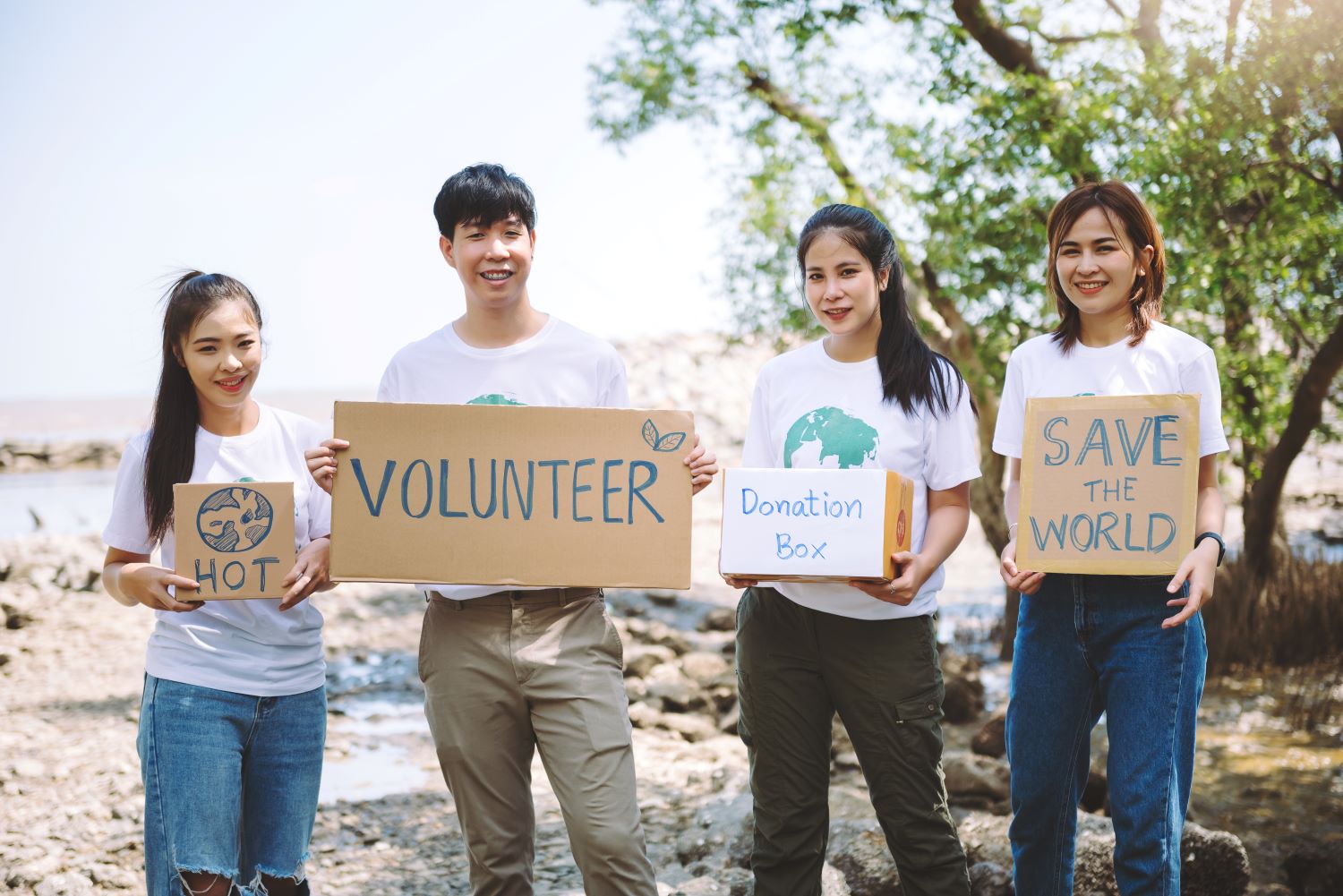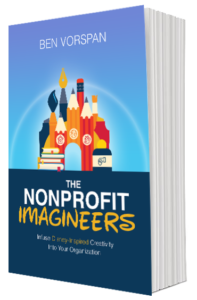
Giving Tuesday, a global movement dedicated to philanthropy, is typically centered around nonprofits seeking financial support. However, nonprofits have the power to transform this day into an opportunity not just to receive but to give back – the gift of teaching generosity. By shifting the narrative from soliciting funds to imparting values, nonprofits can foster a culture of giving that extends beyond a single day. This approach is not just about benefiting the organization; it’s about creating a better world through shared values of generosity. Here are actionable steps for nonprofits to leverage Giving Tuesday as a time to teach about generosity and cultivate a culture of giving.
1. Share Impactful Stories: Move beyond financial needs and share stories that highlight the profound impact of generosity. Feature real-life examples of how contributions have made a difference, underscoring the importance of generosity in creating positive change for the broader community.
2. Educational Webinars or Workshops: Host webinars or workshops that educate supporters about the wider context of your organization’s mission. Provide insights into the challenges you aim to address and explain how sustained generosity contributes to creating a better world in the long run.
3. Create Giving Challenges: Encourage supporters to participate in giving challenges that extend beyond monetary donations. Challenge them to volunteer, share educational content, or engage in acts of kindness. Use social media to amplify these efforts and create a sense of community around shared values.
4. Virtual Volunteer Opportunities: Facilitate virtual volunteer opportunities, allowing supporters to contribute their time and skills. Whether it’s virtual mentoring, online skill-sharing sessions, or remote volunteer projects, these engagements reinforce the idea that generosity encompasses more than just financial contributions and is a collective effort for positive change.
5. Leverage Social Media for Education: Craft engaging and informative social media content that educates followers about the various ways generosity can manifest. Share facts, statistics, and inspirational quotes that emphasize the broader impact of giving on society.
6. Collaborate with Influencers: Partner with influencers or thought leaders who align with your nonprofit’s mission. Have them share content that emphasizes the educational aspect of generosity, reaching a broader audience and inspiring new supporters to contribute to creating a better world.
7. Interactive Challenges and Quizzes: Create interactive challenges and quizzes that test supporters’ knowledge about your cause and the broader societal issues. Reward participation with acknowledgment or small tokens of appreciation, fostering a sense of involvement and connection to a shared vision of a better world.
8. Highlight Other Forms of Giving: Shift the focus from financial contributions to other valuable forms of giving, such as blood donation, mentorship, or simply spreading awareness. Showcase how diverse acts of generosity contribute to creating a better world for everyone.
9. Express Gratitude Creatively: Showcase creativity in expressing gratitude to your supporters. Host virtual events, create thank-you videos, or feature user-generated content that conveys the impact of their generosity on building a more compassionate and connected world.
10. Provide Resources for Further Learning: Equip your audience with resources to deepen their understanding of the challenges your organization addresses and how generosity plays a vital role in creating positive societal change. Offer reading lists, documentaries, or podcasts that explore the broader landscape of social issues and the importance of generosity in overcoming them.
Conclusion: Giving Tuesday can be a transformative day for nonprofits, not just in terms of fundraising but in shaping a culture of generosity. By focusing on teaching about the broader concept of giving, nonprofits can contribute to the creation of a better world through shared values of compassion, connection, and positive change. It’s not just about what they give; it’s about what they learn and carry forward in their lives, fostering a culture of generosity that extends far beyond the nonprofit sector and into the fabric of society.
 Celebrate 2 years of Imagineering!
Celebrate 2 years of Imagineering!
Comments are closed